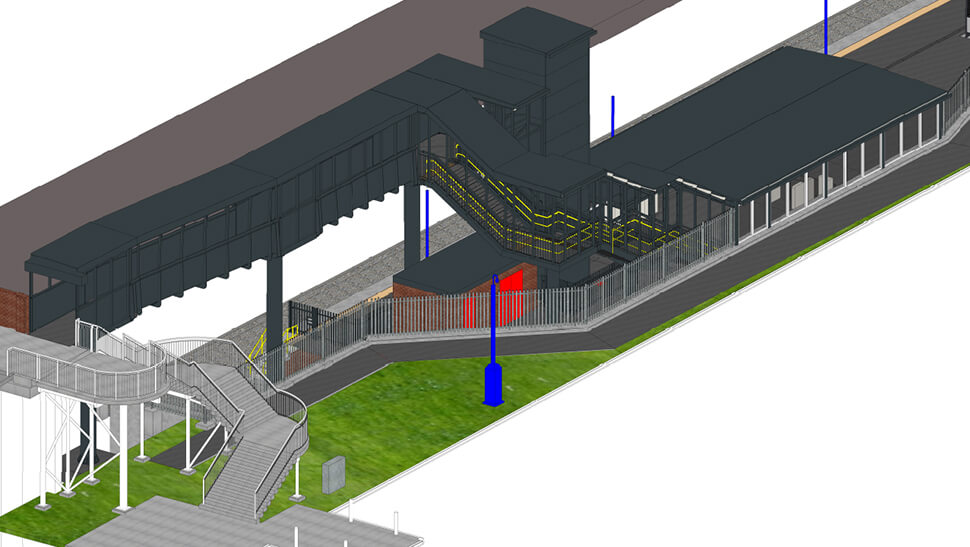Spencer Group work under the guidance of ISO 19650, PAS 1192 and BS 8536 to produce both Geometrical and non-geometrical documentation in line with BIM Level 2. Via a Common Data Environment (CDE), discipline models are developed and then combined within a federated model. This mitigates issues on site and dramatically reduces failures to fit.
Our team can collaboratively share project information with all stakeholders, our BIM manager and Project data controllers check the quality of all information “pushed” to the CDE, so that anyone “pulling” information is assured that the information is up to date and has the correct suitability for use coding. The CDE gives the ability for checking and approval of documents before they are accepted for use and all our projects have a written data / document control procedure and a BIM Execution Plan written prior to project commencement.
From the outset of all our projects, Spencer Group start our digital information flow by attending site and undertake a laser scan which we co-ordinate to Ordnance Survey. The laser scan gives point cloud data to use in our 3D models to check for constraints and help clash detect new with existing and also gives “true view” photography which enables us to walk the site in a virtual platform, which is particularly useful for discussing constructability constraints before starting the design.
On many occasions the main federated Model will be developed from the analysis model so that the same properties are used within the design calculations and 3D model which will be used to produce the construction drawings. This bi-directional flow of information helps reduced errors in the design process.
The 3D models become more than just models for producing clash checked drawings, they contain other information such as material specifications and quantities to ensure that the right material is procured on the project and by producing 4D time lined models we can also use digital technology to make sure that those materials are provided at the correct time. Our in-house team can provide construction sequencing animations that are shown on the correct timeline and critical path items can even be identified within these animations, with the addition of cost data we can take the model to 5D.
BIM provides further health & safety benefits when hand back packages are produced, giving the client accurate information for operation, maintenance and eventual demolition or preferably modification or refurbishment.

